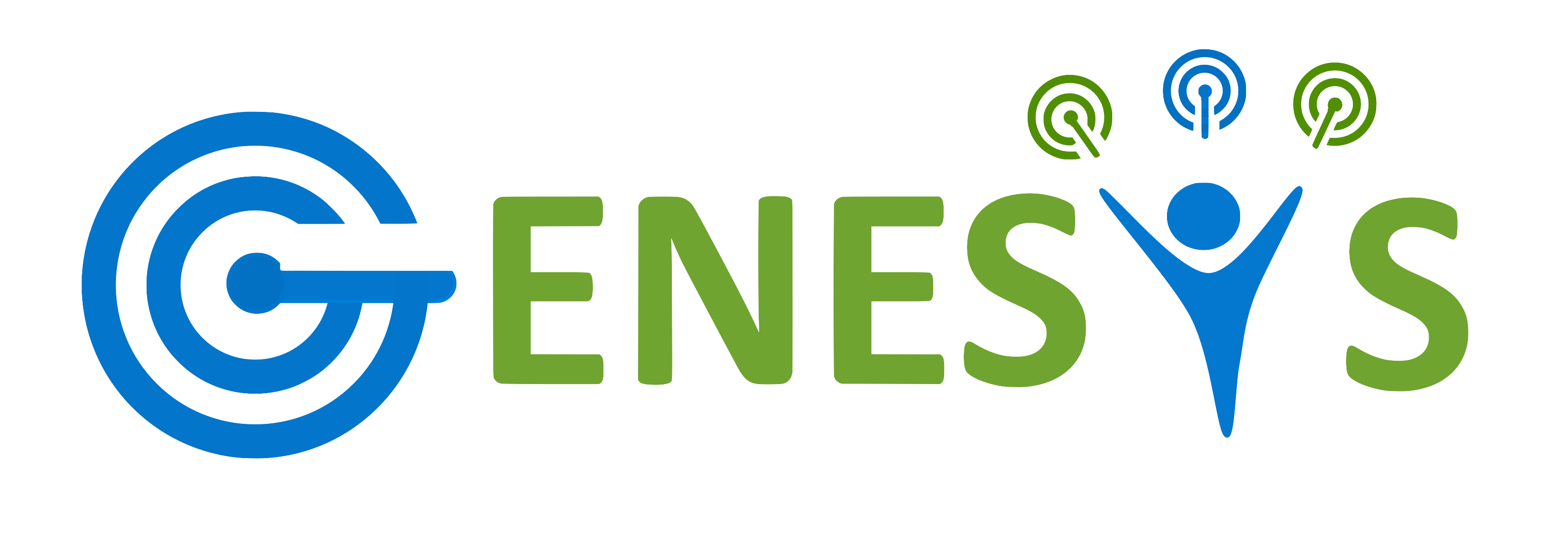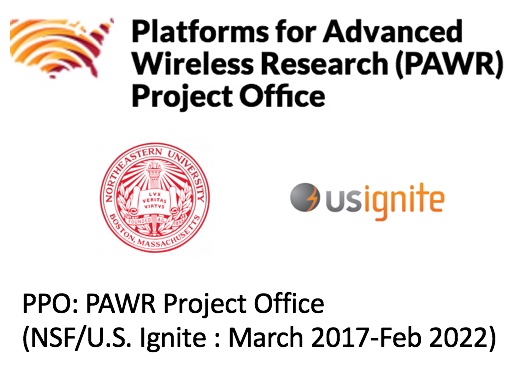
- 06 Sep, 2017
- Current Projects
Project Description
PAWR Project Office (Mar. 8, 2017- Feb. 27, 2022)
-
Client:
Project Sponsor- NSF
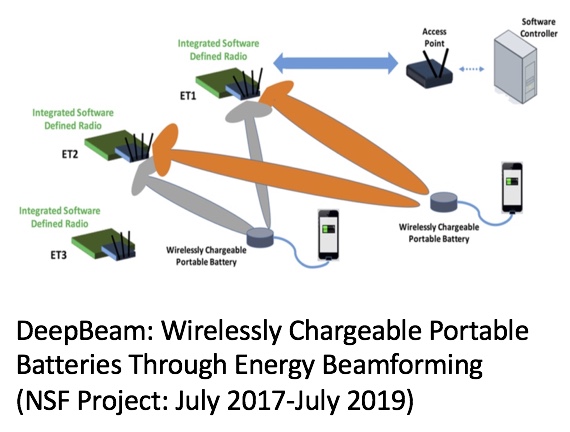
- 06 Sep, 2017
- Current Projects
Project Description
DeepBeam: Wirelessly chargeable portable batteries through energy beamforming (July 2017 - July 2019)
-
Client:
Project Sponsor- NSF
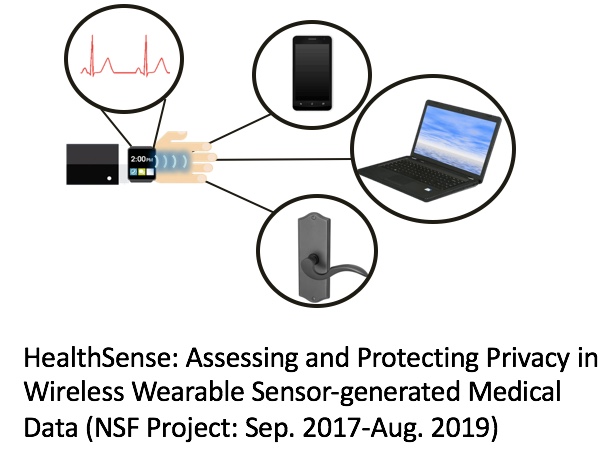
- 06 Sep, 2017
- Current Projects
Project Description
-
Client:
Project Sponsor- NSF

- 06 Sep, 2017
- Current Projects
Project Description
-
Client:
Project Sponsor- DARPA
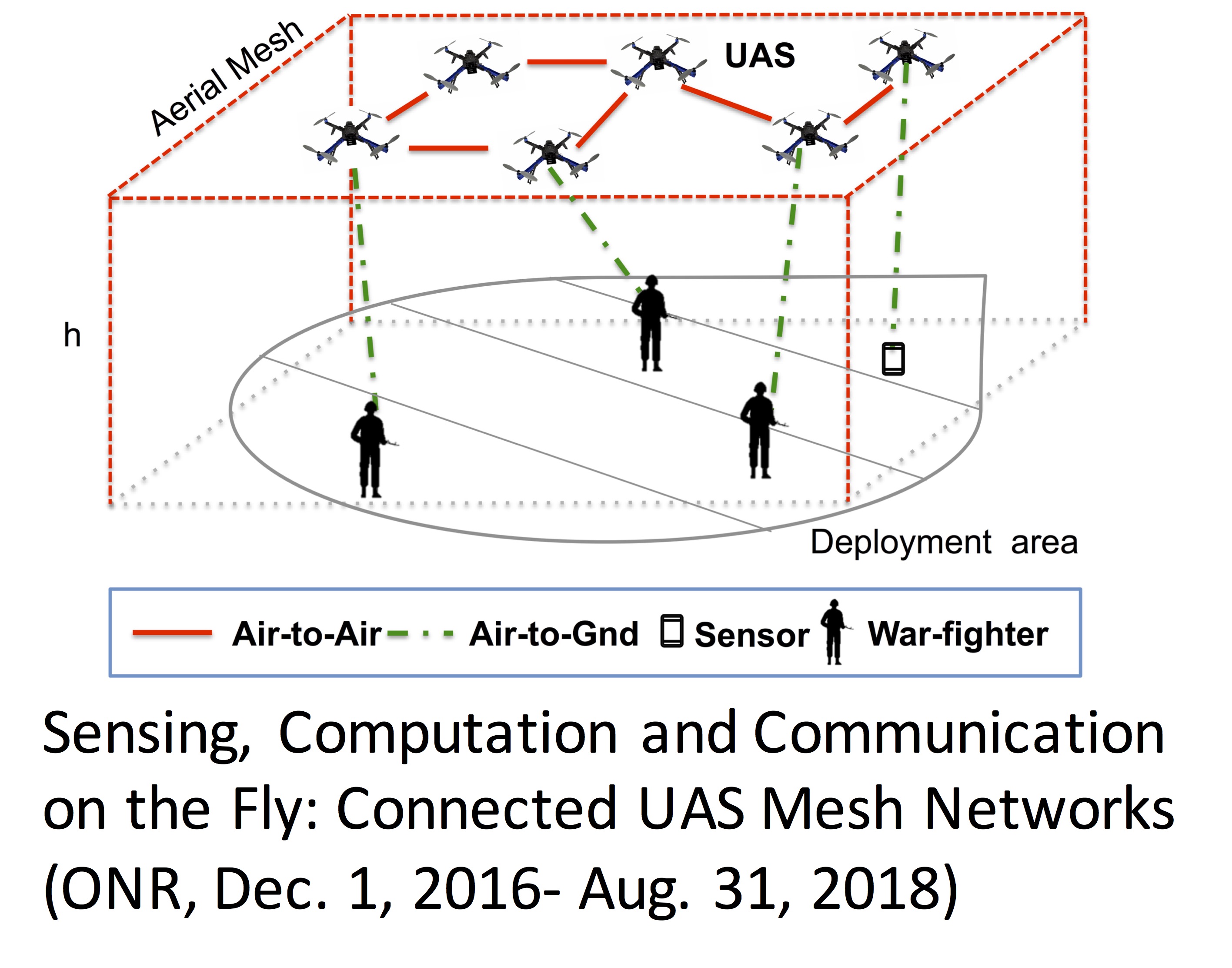
- 25 May, 2017
- Current Projects
Project Description
Sensing, Computation and Communication on the Fly: Connected UAS Mesh Networks, Dec. 1, 2016- Aug. 31, 2018
-
Client:
Project Sponsor- ONR

- 25 Aug, 2016
- Current Projects
Project Description
-
Client:
NSF
Internet of Things (IoT) is poised to usher in the next revolution in connected and networked sensor applications that will create new economic opportunities and considerably enhance the quality of life of the general population. The proposed coordination project is the first step towards bringing together a diverse body of expert engineering researchers and scientists from the U.S. and Finland.
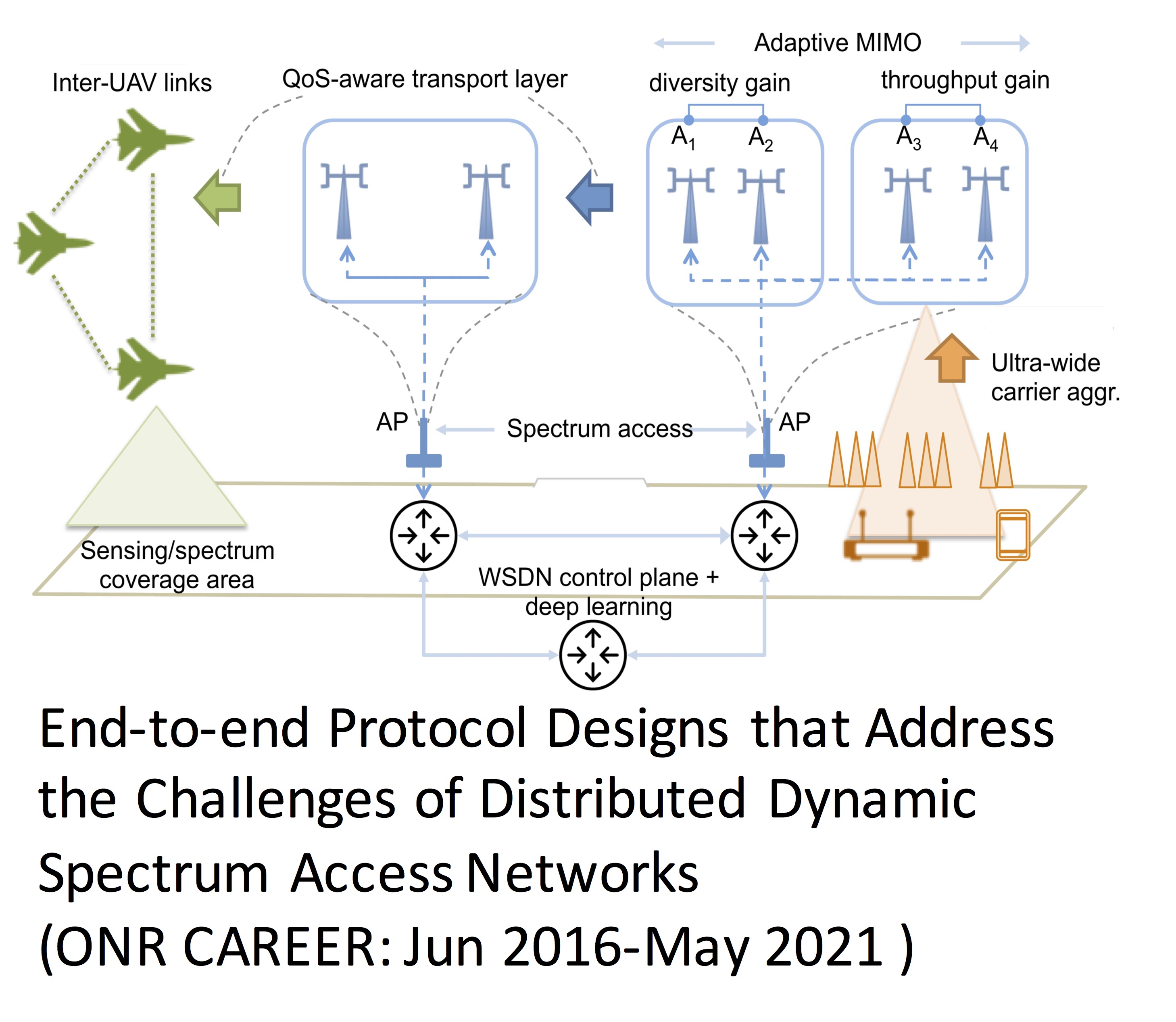
- 28 Jun, 2016
- Current Projects
Project Description
-
Client:
Project Sponsor- ONR
The past decade has seen extensive research in the lower layers of the protocol stack, resulting in significant enhancements to the science of spectrum sensing for dynamic spectrum access (DSA) networks. As disruptive access technologies that enable transmissions in the previously unexplored spectrum bands, such as mmWave frequencies, become available, new challenges will emerge concerning spectrum use and coexistence of heterogeneous devices.

- 28 Jun, 2016
- Current Projects
Project Description
-
Client:
Project Sponsor- MathWorks
We propose a multi-faculty, multi-layer effort to research topics in 5G wireless communications of interest to Mathworks. 5G communications will boost diverse applications and traffic types and enable new forms of communications. 5G research aims to provide Gigabit wireless connectivity for seamless download of streaming content, Internet applications with negligible latencies (vehicle safety, health care, virtual overlay of context information on a display), and Internet-of-Things (IoT)-based applications (e-health, smart grid, smart homes/cities).

- 05 Apr, 2015
- Current Projects
Project Description
IDEA: Integrated Data and Energy Access for Wireless Sensor Networks (April 2015 - December 2021)
-
Client:
Project Sponsor- NSF

- 03 Feb, 2015
- Current Projects
Project Description
Network Protocol Stack for Galvanic Coupled Intra-Body Sensors ( Oct 2014 - Sep 2018)
-
Client:
Project Sponsor- NSF
Implanted sensors will enable the next generation of healthcare by in-situ testing of abnormal physiological conditions, personalized medicine and proactive drug delivery. Some important functions of these implants are to transmit measurements to an external processing center for real time monitoring, receive updates on drug delivery volumes, and directly initiate actions of embedded actuators.
